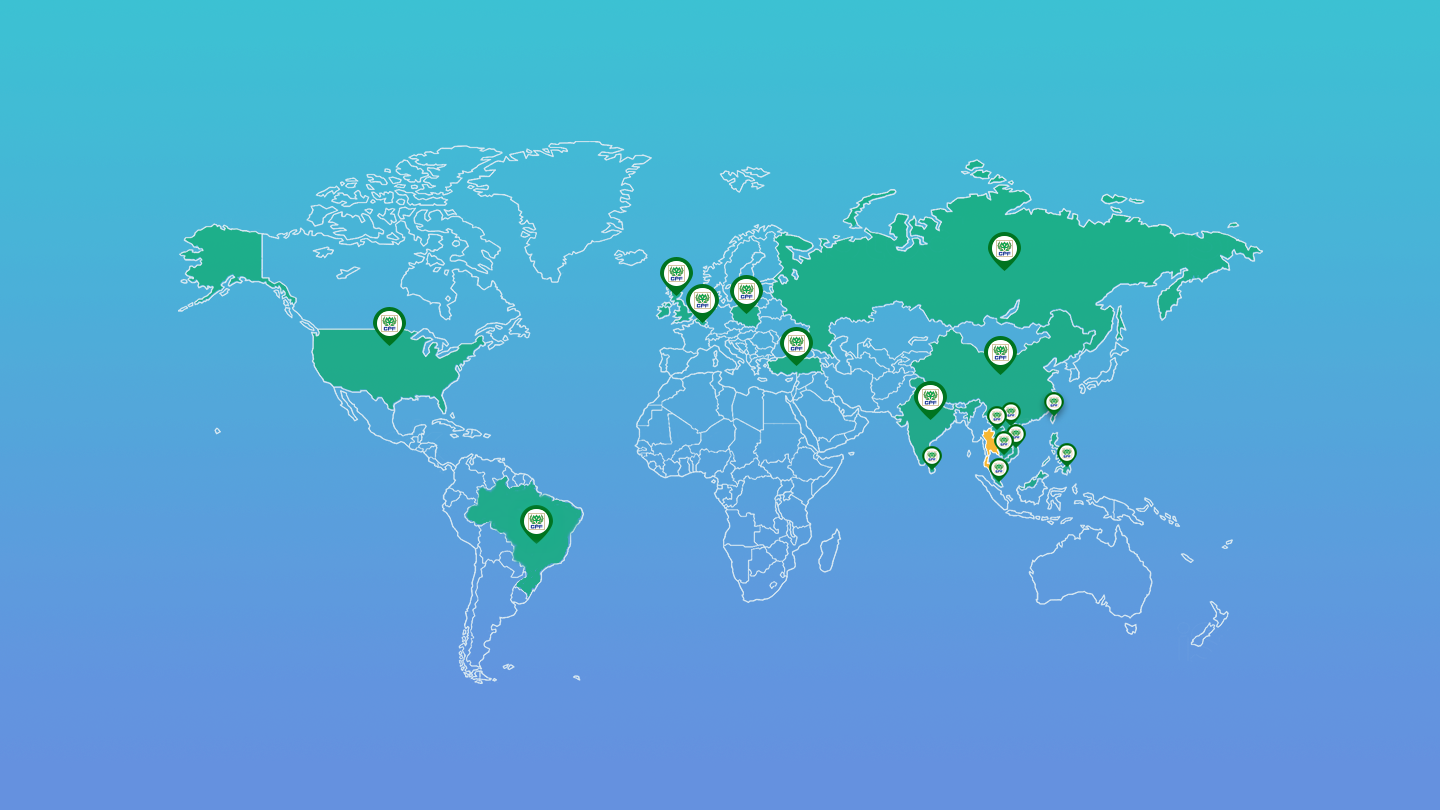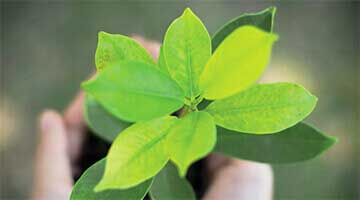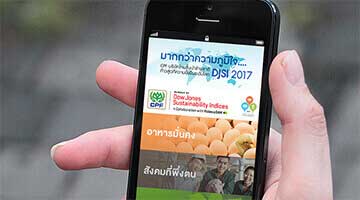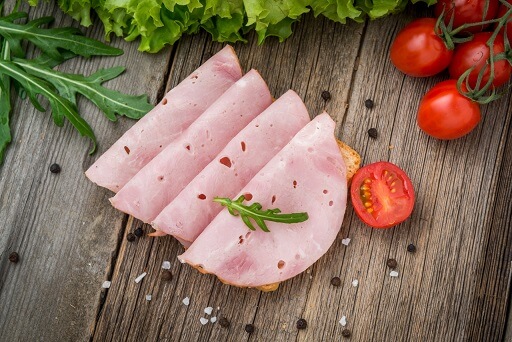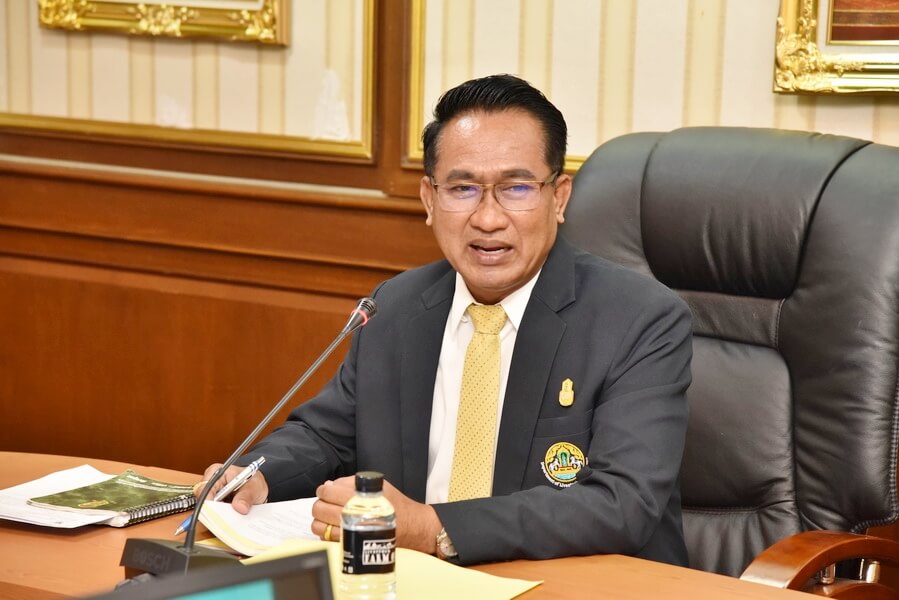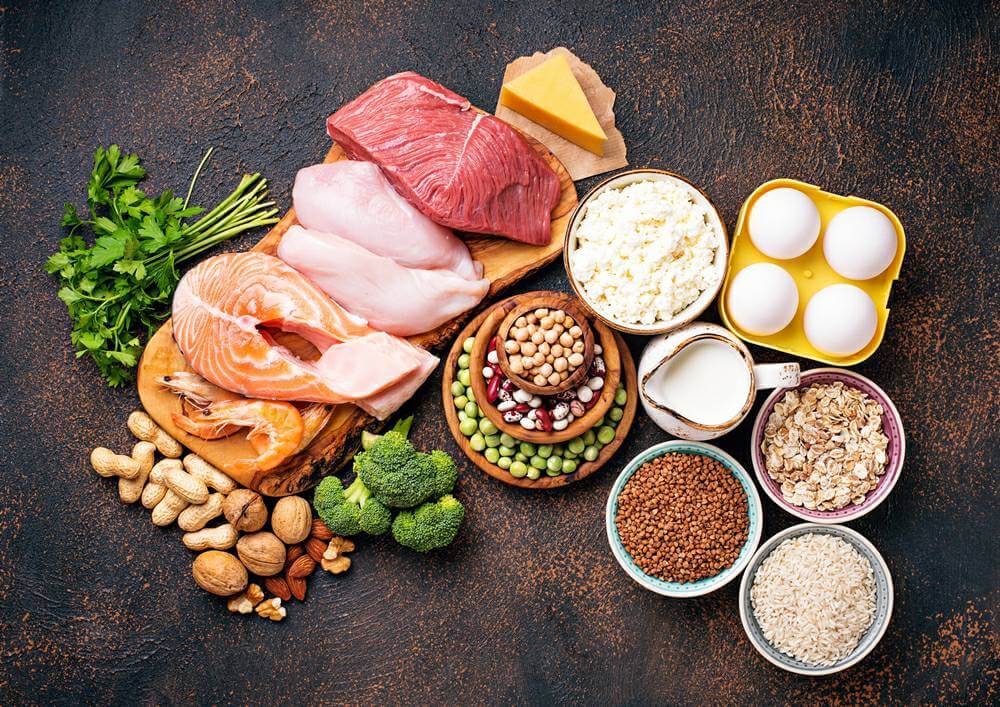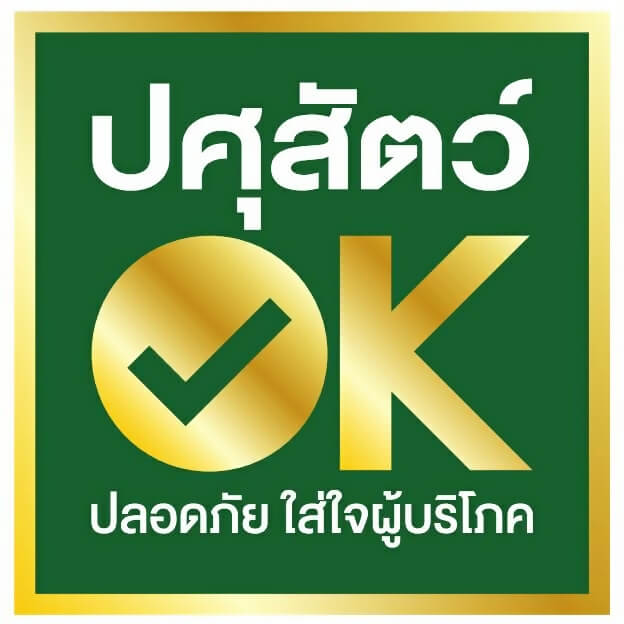

Nowadays, animal welfare becomes a concerned issue. Not only consumers worldwide, but also legislation/ legal framework and international trade provoke into the significance of welfare. Animal Welfare is relevant to the freedoms of animal. The welfare of meat chickens and breeding chickens is considered within a framework, elaborated by the Farm Animal Welfare Council, UK.(FAWC) and known as the ‘Five Freedoms’:
- Freedom from hunger and thirst - By ready access to fresh water and a diet to maintain full health and vigor
- Freedom from discomfort - By providing an appropriate environment including shelter and a comfortable resting area.
- Freedom from pain, injury or disease - By prevention or rapid diagnosis and treatment
- Freedom to express normal behavior - By providing sufficient space, proper facilities and company of the animals’ own kind
- Freedom from fear and distress - By ensuring conditions and treatment to avoid mental suffering.
Animal welfare does not mean just moral and ethical food production; it also impacts on meat quality. This is proved by many scientific researches. Welfare research continues to improve both our understanding of processes in the food production chain as well as the more humane systems on farm, during transport and at the slaughter house.
The implementation of Animal welfare standards
Charoen Pokphand Foods PCL.or CPF(Thailand) pcl. is one of major Food exporters in line with agro-industry including poultry meat products where locate in Thailand and across the world. The implementation of animal welfare standards in this business embeds to improve all aspects of production. The application of standards has been adopted from international codes of practice such as Code of recommendations for the welfare of livestock- EU Directive and Regulation, Department for Environment, Food and Rural Affairs (DEFRA) UK, Thailand regulation under supervision of the competent authority- Department of Livestock Development(DLD).Also Private standard as premium scheme such as Genesis GAP from UK Scheme,QS Standard from Germany, Global GAP Standard.All the conducts are applied to process of broiler chicken for human consumption supply chain in 3 dimensions as follows:
DIMENSION I. FARMING
1.) Bio-security and Bird Health Plan
Bio-security practices are significance for poultry health. Then only essential visitors, who certify as no suffering from any enteric illness and declare recent visits on poultry sites or farms, may be granted access to a farm. However, management subjects to refuse entry, if the health and welfare of the birds could be compromised. In addition, records of all visitors have maintained. Besides, farm-dedicated protective clothing supplies for all personnel. Visitors are also provided protective clothing which must be retained on-site after use.
In addition, barrier footwear systems with dedicated footwear and foot dips are provided as well as at the entrances to poultry houses, equipment room, and egg stores. Footwear must be dipped before entering a building and after leaving the building. Moreover, disinfectants must be used and in accordance with manufacturers recommendations; solutions must be replaced on a Veterinary prescribed basis and recorded. For pest control, which takes charge of rodents, flies and parasites, it is carried out by a licensed contractor or a properly trained operative with knowledge of pesticides and their placement. Bait boxes are tamper proof. An accurate location plan of all bait points has been drawn up and numbered, along with a written pesticide program detailing types of pesticide administered, replenishment dates and visual inspections of bait points.
Plans of flock inspection and prompt remedial actions have been drawn up. For example, dead birds must be immediately removed. Ill birds, injured birds, overtly lame birds and birds finding difficult to reach feed and water are segregated or, if necessary, humanely culled by a trained, competent stockman. Besides, wherever system-induced injuries occur, prompt action is taken to find a cause. In case, the cause is an environmental factor; this must be remedied before the next flock is placed. If the cause remains unknown, the advice of the responsible veterinary surgeon will be sought. Mortality and culls with reasons are recorded daily; all culls due to leg problems are assessed in particular. Where a trend develops, the advice of the veterinarian must be sought.
2.) Husbandry Procedures
The procedures have been implemented by trained operatives. Flock inspection is carried out at least twice a day. A stockman must go through birds within 3 meters and encourage them to move so that sick or injured birds can be identified. In addition, handling birds must be in a compassionate and positive manner. A log book with observation or any remedial actions must be retained. For beak trimming in broiler breeder male chickens, it should be avoided, or if required, may only be carried out upon written veterinary approval.
3) Feed and water
Birds must be freedom form hunger and thirst, then they have accessed to an adequate supply of clean and fresh drinking water until depopulation. Birds are provided with easy access to sufficient nutrient feed. Feed delivery systems must be free of sharp edges and parts capable of injury, and be easily adjustable to provide a comfortable feeding level. The system is checked daily for cleanness and efficiency.
4.) Environment
To prevent birds from discomfort, distress and injury, the environment must be well managed. Exterior areas around buildings and entranceways must be kept clear of debris
and non-essential equipment. Vegetation is kept short and well managed. A building provides a safe, hygienic, comfortable environment for birds. It is also constructed and maintained to prevent sharp edges and projections likely to cause injury or distress to birds. Floor is paved with concrete and is well drained, safe and hygienically managed. The floor surface must be higher than outside. All houses have a controlled environment which ensures an ambient house temperature and humidity suited to the birds’ physiological needs. Each farm possesses a written policy for the recognition of, and procedures to be followed, in the event of heat or cold stress.
5.) Lighting
According that a bird needs a rest to encourage its growth and immune system, an uninterrupted period of darkness should be provided. In broiler farming, since chicks are 3 days old to 3 days prior to catching, the uninterrupted period of darkness is 4-6 hours. However, all birds must be clearly seen during inspection. Moreover, lighting patterns must be recorded.
6) Litter
Litter is applied for bedding; meanwhile it may affect as Pododermatitis in birds. Then clean fresh litter at the minimum depth of 2 cms. is provided. Litter always remains in dry, friable condition. Wet capped litter must be managed.
7) Stock Density
All birds must have freedom to express normal behavior, then they should be provided sufficient space to walk, turn, sit, preen, flap or stretch their wings and dust-bathe. Stocking density of breeder farming must not exceed 25 kg/m2 and target of broiler farming must not exceed 38 kg/m2. as per European Animal welfare Directive and customer requirement .
Actually, since the past until now, the stocking densities of broiler farming have been 33 kg/m2 averagely.
8) Vaccination and Medication usage
In accordance with Freedom from pain, injury and disease, vaccine is used for prevention of diseases; medicine under Prescription Only Medicines will be merely used for treatment only. Vaccination and Medication usage are used under a veterinarian.
9) Hatchery practice on chick welfare
Chicks are usually handled in a compassionate and positive manner. Chick holding areas have been temperature controlled and monitored. Facilities to reduce light are also available. Besides, automation and conveyors must not cause injury to chicks. Day old Chicks are loaded into clean chick boxes. The boxes must be cleaned, dried and sanitized after every delivery. Stocking density in chick boxes is a minimum of 21 cm2 per chick. Moreover, hatchery tray waste and unviable chicks are identified and humanely culled by trained staff at no more than 15 minute intervals.
A welfare assessment document is carried out.
DIMENSION II. Catching and Transportation
Catching and transportation may cause birds’ stress and injury. Then a catching team is correctly trained to minimize bird stress at depopulation. This training includes induction and annual refresher courses. During depopulation, light levels always keep low. Birds must not be carried by their wings or necks. Injured or sick birds must not be transported, but culled immediately. Feed are not withdrawn for more than 12 hours prior to slaughtering. Water is available up to catch. Crates and modules are safe and do not cause injury to the birds. Incidents of mortality during transport are investigated and recorded which Target Setting or KPI’s in case of deviation must be immediate re-solved.
DIMENSION III. Slaughtering
At a processing plant, the environment must be controlled to minimize birds’ stress; a trained Poultry Welfare Officer (PWO) oversees unloading, lairaging and slaughtering of birds. The birds must be placed in a lairage as soon as arrival and treated humanely before slaughtering. Injured birds being detached are humanely culled immediately upon detection. Birds are hung from the shackle line by both legs. Handling has been done to prevent wing flapping and head raising before stunning, i.e. the use of a breast bar. The shackling area applies subdued or blue lighting. Contingency plans are in place in order to deal with situation of unavoidable delays may occur, and it is unable to process birds. In particular, if the slaughter line is stopped, birds between the point of shackling and the killer must be removed and placed in crates, any birds which have already been stunned must be humanely killed.
Stunning and slaughtering equipment are always checked before working. In addition, problems preventing effective stun are rectified prior to the start of slaughter. Birds are stunned and still alive in unconsciousness stage within 1 minute after shackling; no more than 10 seconds elapses between stunning and neck cutting. Chickens must not be immersed in a scalding tank or plucked until at least 90- 140 seconds passing since both major blood vessels carotid arteries and jugular veins in both sides of the neck include trachea with esophagus must be complete effective severed by the neck cut through the use of a ventral cut. This Standard Operating Procedure (SOP) for slaughtering complies with HALAL which under Central Islamic Committee of Thailand who control and supervise SOP.
The sustainable and consistency practice on animal welfare
CPF Thailand collaborated with AW training in University of Bristol UK, set up project “Poultry welfare Trainer training course “ in order to developing CPF animal welfare specialists and expert. This is the first project of Global broiler meat industry was held in 2007-2009 this project provide the advanced professional technique and skills for related staff to become specialist’s trainers to train Poultry Welfare Officers (PWO) who instruct and supervise stockmen, farmers and monitors of poultry welfare within the company as the following concept;
It is essential that sufficient competent personnel are employed to carry out all necessary tasks. Staff should be well managed and supervised, fully conversant with the tasks. They will be required to demonstrate full understanding of the welfare needs and basic biology of the birds. Any staffs having compassionate and humane attitude will be able to anticipate and avoid many potential welfare problems, and have the ability to identify those that do occur and respond to them promptly as well.
Currently, as of year 2017 company capacity building on PWO across CPF Food Processing and Broiler Integration Industry, Thailand are more than 280 persons.
Acknowledgement
I wish to express my gratitude to CPF Thailand for the welfare knowledge and practice. My appreciation is also extended towards Mr.Paul Whittington and his team of Animal Welfare Training, former Research Fellow, AW Training, University of Bristol UK. for welfare coaching and the valuable information support.
****************
Dr.Payungsak S.tanagul , Doctor of Veterinary Medicine
CPF (Thailand) Public Co.,Ltd.

